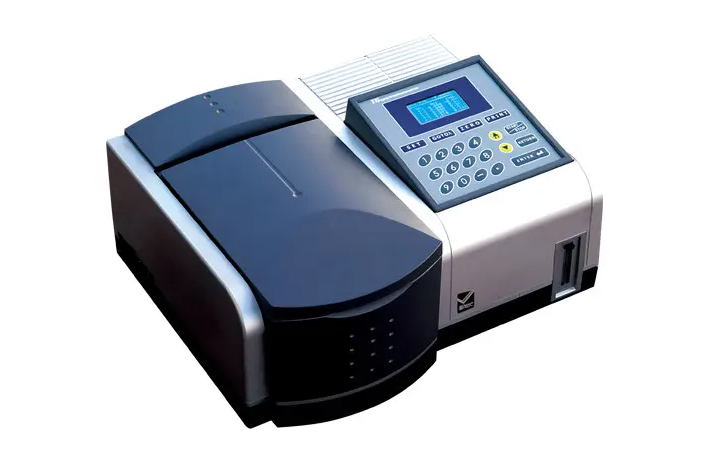Nano Spectrophotometer: Advancing Analysis of Microscale Samples
In the field of scientific research and laboratory analysis, advancements in technology continue to revolutionize the way we study and characterize substances. One such innovation is the nano spectrophotometer, a powerful instrument designed to measure the absorption and transmission of light by substances in microscale volumes. This article aims to provide a comprehensive understanding of nano spectrophotometers by exploring what they are, how they work, and their broad applications in various scientific disciplines.
What is a Nano Spectrophotometer?
A nano spectrophotometer, also known as a microvolume spectrophotometer or a microspectrophotometer, is a specialized analytical instrument used to precisely analyze the properties of substances in extremely small sample volumes. Unlike traditional spectrophotometers that require larger sample volumes, nano spectrophotometers enable measurements with sample sizes as low as a few microliters or even nanoliters. This reduction in required sample volume is especially advantageous when working with valuable or limited samples.
How Does a Nano Spectrophotometer Work?
Nano spectrophotometers operate on the fundamental principles of absorption and transmission of light by substances. When light passes through a sample, some of it is absorbed by the molecules present, while the rest is transmitted. A nano spectrophotometer measures the absorbance and transmission of light in the ultraviolet (UV), visible, and near-infrared (NIR) ranges.
These instruments consist of specialized optics, a light source, a detector, and a cuvette holder designed for microscale samples. The sample, typically held in a small cuvette or specialized accessory, is placed in the cuvette holder, allowing the light to pass through it. The detector then measures the intensity of the transmitted light, and the instrument's software calculates the sample's absorbance based on the detected intensity.
What Does a Nano Spectrophotometer Do?
Nano spectrophotometers serve a wide range of applications across multiple scientific disciplines. Some of their key uses include:
-
1. Nucleic Acid Analysis: Nano spectrophotometers are extensively employed in molecular biology and genetics to quantify and assess the quality of DNA, RNA, and oligonucleotide samples. Researchers can determine the concentration, purity, and integrity of nucleic acids, crucial for applications such as PCR, cloning, sequencing, and gene expression studies.
-
2. Protein Analysis: The precise quantification of proteins is essential in fields like biochemistry and structural biology. Nano spectrophotometers enable researchers to measure protein concentration, assess protein purity, and determine protein-protein interactions by analyzing the absorbance characteristics of proteins in microscale volumes.
-
3. Enzyme Kinetics: Studying enzyme kinetics requires accurate determination of enzyme concentrations and measuring reaction rates. Nano spectrophotometers facilitate this analysis by enabling precise measurements of enzyme concentration, which helps in understanding enzymatic mechanisms and optimizing reaction conditions.
-
4. Nanoparticle Characterization: In nanotechnology, nano spectrophotometers play a vital role in characterizing nanoparticles. By measuring the absorption spectra of nanoparticles, researchers can determine their size, concentration, and stability, aiding in the development of nanomaterials for various applications, including drug delivery systems and electronic devices.
Nano spectrophotometers have significantly advanced the analysis of microscale samples by allowing precise measurements of light absorption and transmission in minute volumes. These instruments offer advantages such as small sample volume requirements, high accuracy, versatility, and compatibility with specialized accessories. Their applications span various scientific disciplines, including molecular biology, biochemistry, nanotechnology, and pharmaceutical research. As technology continues to evolve, nano spectrophotometers will undoubtedly continue to contribute to groundbreaking discoveries and innovations in the scientific community.
